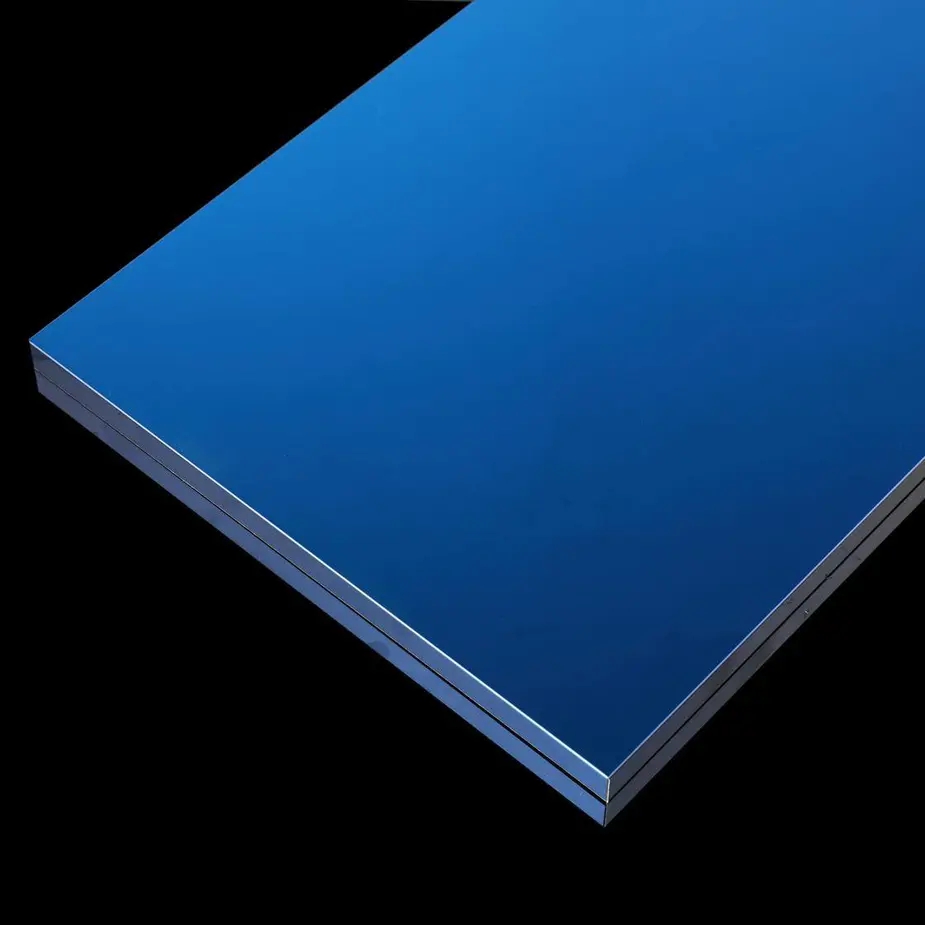What is 201 Stainless Steel?
201 stainless steel is an austenitic chromium-nickel-manganese stainless steel that was developed originally to conserve nickel. It provides properties similar to 304 stainless steel and can be used in most applications as a lower cost alternative to conventional Cr-Ni stainless steels such as 301 and 304.
The key characteristics of 201 stainless steel include:
- Good corrosion resistance, approaching that of 301 and 304 grades
- Excellent formability, weldability, and fabrication properties
- High strength and toughness, especially at low temperatures
- Non-magnetic in annealed condition, becomes magnetic when cold worked
- Attractive polished finish for decorative applications
Chemical Composition
The typical chemical composition of 201 stainless steel is:
- Carbon: 0.15% max
- Manganese: 5.50-7.50%
- Phosphorus: 0.060% max
- Sulfur: 0.030% max
- Silicon: 1.00% max
- Chromium: 16.00-18.00%
- Nickel: 3.50-5.50%
- Nitrogen: 0.25% max
The key aspect is the substitution of manganese and nitrogen for a portion of the nickel content compared to 300 series stainless steels. This provides a lower and more stable cost while maintaining comparable properties.
Manufacturing Process
The manufacturing of 201 stainless steel sheets involves the following key steps:
-
Melting and Casting: The raw materials including iron, chromium, nickel, manganese, and other alloying elements are melted together in an electric arc furnace. The molten steel is then cast into semi-finished forms such as slabs.
-
Hot Rolling: The slabs are reheated in a furnace and hot rolled in a rolling mill to reduce the thickness and produce hot rolled coils. The coils are then annealed and descaled (pickled).
-
Cold Rolling: The hot rolled coils are further cold rolled to the desired thickness and temper. Cold rolling provides a smoother surface, tighter tolerances, and higher strength through work hardening.
-
Annealing: The cold rolled coils are annealed in a controlled atmosphere furnace to recrystallize the structure, remove work hardening effects, and make the steel formable again. Rapid cooling is necessary to prevent carbide precipitation and maintain corrosion resistance.
-
Finishing: Various surface finishes can be applied such as:
-
2B: Smooth, moderately reflective cold rolled finish
- #4 Polished: Linear polished finish with ~35μin roughness
-
BA: Bright annealed cold rolled finish
-
Slitting and Cut-to-Length: The finished coils are slit into narrower widths and cut-to-length to produce stainless steel sheets in the final required sizes.
Throughout the process, the material is subject to strict quality control checks to ensure the required chemical composition, mechanical properties, dimensions, and surface quality are met.
Applications
201 stainless steel sheets are used in a wide range of applications including:
- Food service equipment and appliances
- Cookware, utensils, and sinks
- Architectural trim, windows, and doors
- Transportation - automotive trim, railway cars, trailers
- Industrial equipment and tanks
- Decorative panels and furniture
The combination of good corrosion resistance, formability, strength, and economical cost makes 201 an attractive choice where 304 stainless steel may be over-specified. However, for more demanding environments, the higher corrosion resistance of 304 and 316 grades is still preferred.
Advantages of 201 Stainless Steel
The key advantages of 201 stainless steel compared to other grades include:
- Lower cost due to reduced nickel content
- Good combination of strength, ductility, and toughness
- Excellent cold formability and fabrication properties
- Attractive surface finish for decorative applications
- Non-magnetic properties in annealed condition
These make 201 an economical and versatile choice for many stainless steel applications.
201 vs 304 Stainless Steel
While 201 and 304 stainless steels have similar properties, there are some key differences to consider:
- 304 has higher nickel content (8-10.5%) compared to 201 (3.5-5.5%)
- 201 has higher manganese (5.5-7.5%) and nitrogen content
- 304 provides better corrosion resistance, especially in acidic environments
- 201 has higher strength but slightly lower formability and weldability
- 201 is more economical due to the lower nickel content
The choice between 201 and 304 depends on the specific application requirements for corrosion resistance, strength, formability, and cost.
Welding and Fabrication
201 stainless steel can be readily welded and fabricated using standard processes for austenitic stainless steels. However, some key considerations include:
- Use low heat input and minimize thermal distortion and warping
- Select proper filler metals to match composition and properties
- Clean the weld area to remove any contaminants that can cause corrosion
- Use a shielding gas to protect the weld pool and prevent oxidation
- Control the weld interpass temperature to avoid carbide precipitation
- Perform post-weld cleaning to remove any heat tint or oxide scale
Cold forming operations such as bending, rolling, and drawing can be performed readily on 201 stainless steel. However, the high work hardening rate may require intermediate annealing for severe deformations. The steel also exhibits more springback compared to carbon steel which needs to be accounted for in tooling design.
Surface Finishes
201 stainless steel sheets are available in a range of surface finishes to suit different applications:
-
2B: A smooth, moderately reflective cold rolled finish commonly used for industrial and mildly decorative applications. It is the general-purpose finish for most sheet applications.
-
#4 Polished: A linearly or circularly polished finish that provides a more reflective and decorative appearance. It is commonly used for architectural and decorative applications.
-
BA (Bright Annealed): A smooth, bright, reflective finish produced by cold rolling followed by annealing in a controlled atmosphere furnace. It is used for applications requiring a highly reflective decorative finish.
Other finishes such as Brushed, Etched, Embossed, and Colored PVD coatings can also be applied to 201 stainless steel sheets for decorative applications.
Sustainability
Stainless steel is a highly sustainable material that offers several environmental benefits:
- 100% recyclable and can be reused indefinitely without loss of properties
- High strength and durability enable long service life and reduced material use
- Inert and non-toxic material that is safe for food contact and medical use
- Corrosion resistance eliminates the need for protective coatings or treatments
- Low thermal conductivity provides good energy efficiency in HVAC applications
- Weather resistance enables use in exterior architectural applications
201 stainless steel, with its lower nickel content, has a reduced environmental impact compared to 304 in terms of resource depletion and energy consumption during production.
Conclusion
In summary, 201 stainless steel sheet is manufactured using a process of melting, hot rolling, cold rolling, annealing, and finishing to produce a versatile and cost-effective material for a broad spectrum of stainless steel applications. By substituting manganese and nitrogen for some of the nickel content, it provides an economical alternative to 304 while maintaining comparable properties and performance in many environments. Careful control of the manufacturing process and composition is essential to ensure the optimal combination of corrosion resistance, formability, and strength that makes 201 stainless steel a popular choice.
When selecting 201 stainless steel sheets for an application, it is important to consider the specific requirements for corrosion resistance, strength, formability, and aesthetics. Working closely with a knowledgeable and experienced stainless steel manufacturer can help ensure the most suitable grade, temper, finish, and size is specified for the application. With its balanced properties and economical cost, 201 stainless steel will continue to find widespread use across industries ranging from food service to transportation to architecture.


